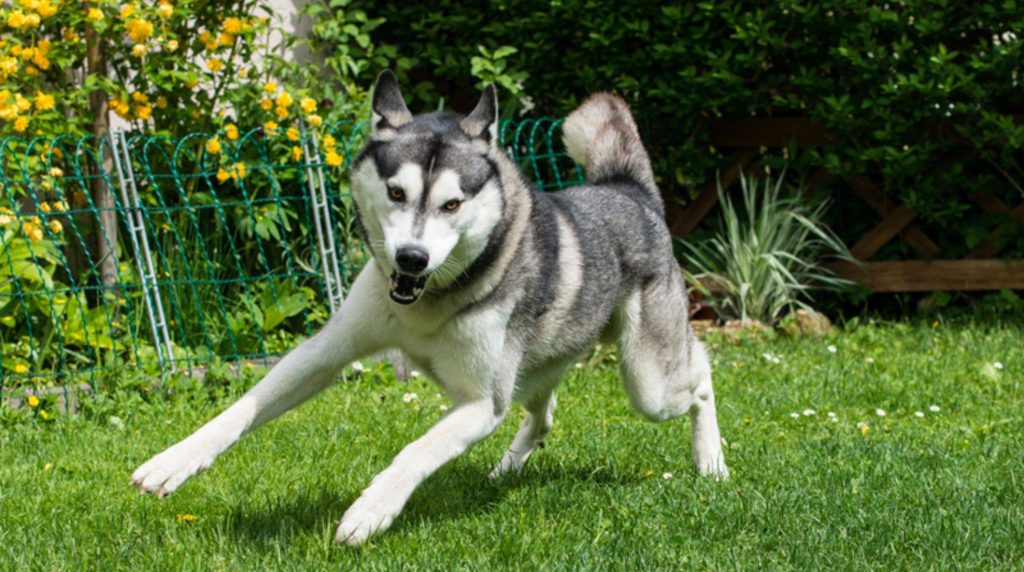The husky is an intelligent but idiosyncratic dog – this does not necessarily make it easy to train this four-legged friend. However, with patience, consistency, and clear communication, you can set limits for your husky without restricting his endearing nature. This works best if you start with the elementary commands as a puppy.

The husky is not a beginner’s dog. Experienced dog owners should better take over their training. It is advisable to appoint a reference person for the four-legged friend responsible for the upbringing. In this way, misunderstandings in dog-human communication can be avoided more easily.
The nature of the husky is unique and lovable but offers one or the other challenge for its human educators. On the one hand, he is brilliant and, above all, willing to work. On the other hand, he needs a firm hand showing his limits. However, this has nothing to do with punishment and violence but clarity and consistency.
Raising the Husky: Start early.
When keeping these beautiful animals, you should consider enlisting the help of a dog trainer. For example, in a dog school, you will get tips from professionals on how best to train your husky. In a puppy playgroup, your little dog will learn to behave towards other dogs and follow specific rules.
In general, you should start with the educational measures as early as possible so that bad habits do not creep in in the first place. Start with short training sessions of no more than five minutes several times a day, gradually increasing the length of the lessons over time. Be aware of when your rough starts to lose focus and stop just before that. Husky training begins with the breeder – while playing with siblings, his mother, and other dogs in the household, the little puppy already learns dog-typical social behavior.
In addition, a good dog breeder will get his animals used to everyday noises, other people, and possibly other pets from an early age so that they are not afraid of them later because they do not know any of this. That’s why it’s crucial that you look for a responsible dog breeder before buying one and don’t rush the purchase.
More Husky training tips
An important point to keep in mind is the husky’s strong hunting instinct. Here it is also essential to counteract this right at the beginning. Because especially with large dogs like this, the walks otherwise become a nerve-racking test if your pet has once again discovered a small rodent or a duck. Therefore, you should teach him the basic commands, especially “Off” and “No,” as early as possible. Although it makes sense to designate a caregiver responsible for the husky, all family members must still pull together. This means that everyone has to follow what is allowed and what is forbidden.
You can’t wholly wean your husky off his hunting instinct, but you can ensure it doesn’t get out of hand. To do this, you should immediately interrupt unwanted behavior with “No” or “Off.” You can also use negative reinforcement and pause an activity that the dog enjoys, such as stopping on a walk or stopping play if it becomes “upset.” Do not resume activity until the husky is behaving as desired. You can also use positive reinforcement by rewarding desired behavior. You can read how you can motivate your four-legged friend in this way in the guide “Reward for dogs: You have to consider this.”
No matter what exercises you undertake to train your new animal companion. In any case, avoid becoming aggressive or even violent. This would not be conducive to the development of the husky and could lead to behavioral problems. Remember: your dog only follows its instincts and needs; it can only obey commands and stick to rules that it has understood. It is, therefore, better to work with clear instructions, short, regular training units, and species-appropriate employment. You can find out more about the latter in our guide “Employing and making full use of husky: which dog sport?” appropriate suggestions.









